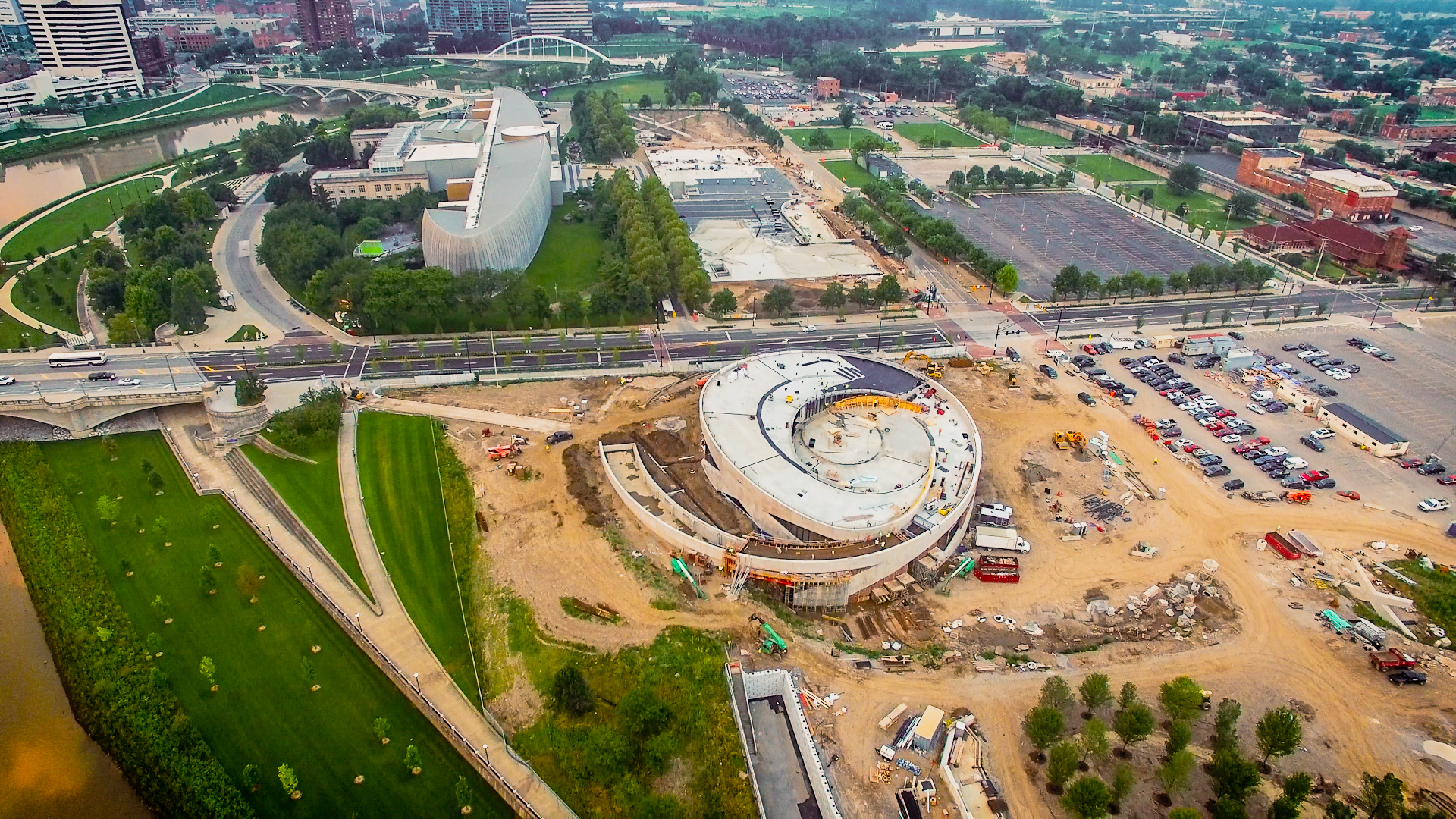
More businesses than ever before are focusing on social responsibility and sustainable investing. In fact, according to the U.S. Green Building Council, the global green building market doubles in size every three years.
We often think of our business owners and leaders as the only ones who can take the initiative for making projects sustainable. But it’s the individual workers that can make the greatest impact.
- Contractors can order sustainable materials for the project.
- Contractors can prevent runoff into our water systems by setting up retention ponds.
- Contractors can preference solar power energy to power site operations.
- Contractors can help with job site cleanup, creating a sustainable plan to reuse and recycle unused materials.
- Contractors can impact the products used, opting for lower-toxicity paint and finish options, rather than VOC-emitting products.
We hope all construction industry professionals make an effort to make sustainable choices on and off the job site. Not only do these actions help make the world a better place, but they can also improve individual contractor’s careers. Those that prove their dedication with a green contractor accreditation stand out above others. This certification is a way to make you more competitive in the marketplace and desirable team member.
You’re probably familiar with green building standards. But what exactly does it take to be a certified “green” contractor? There are a few certifications available to contractors, but one of the most well-known is the LEED Accreditation. If you’re already an active member of the construction industry, you can earn the following three LEED-certified accreditations:
- LEED Green Associate
- This is the first step to becoming a fully accredited contractor. At this level, you’ll have a general knowledge of green construction, from initial design to on-the-job operations.
- LEED Accredited Professional (AP) + Specialty
- This is the next step in specializing with even more education to lead teams in green initiatives. To be eligible for this title, contractors must have experience working on a LEED-certified project before the certification process can even begin.
- LEED Fellow
- This is the third and most advanced accreditation. Those interested in becoming a LEED Fellow must first have 10 years of industry experience and then be nominated by his or her peers.
No matter which level you earn, you’re sure to see positive results. There are many reasons why we believe having a LEED accreditation is the way to go, but we’ll wrap up today’s post with our top three reasons. With a LEED accreditation, contractors are more likely to:
Connect with more customers
Contractors are recognized in the LEED AP directory, placing you ahead of the crowd. Even customers who don’t reference this directory will be motivated to work with contractors with a LEED accreditation because of the cost savings they’ll see in the future. According to the U.S. Green Building Council, buildings that are LEED-certified use 25% less energy, 11% less water, and emit 34% less carbon dioxide.
Be more marketable
LEED-approved contractors get access to the newest innovations, giving them the upper hand with the best energy-saving options for existing customers.
Make greater progress for our communities
Sustainable construction practices will help Ohio continue to progress for years to come. Join the more than 3,000 certified green professionals in the United States with your very own accreditation to prove your commitment to sustainability, further your career and support your community.